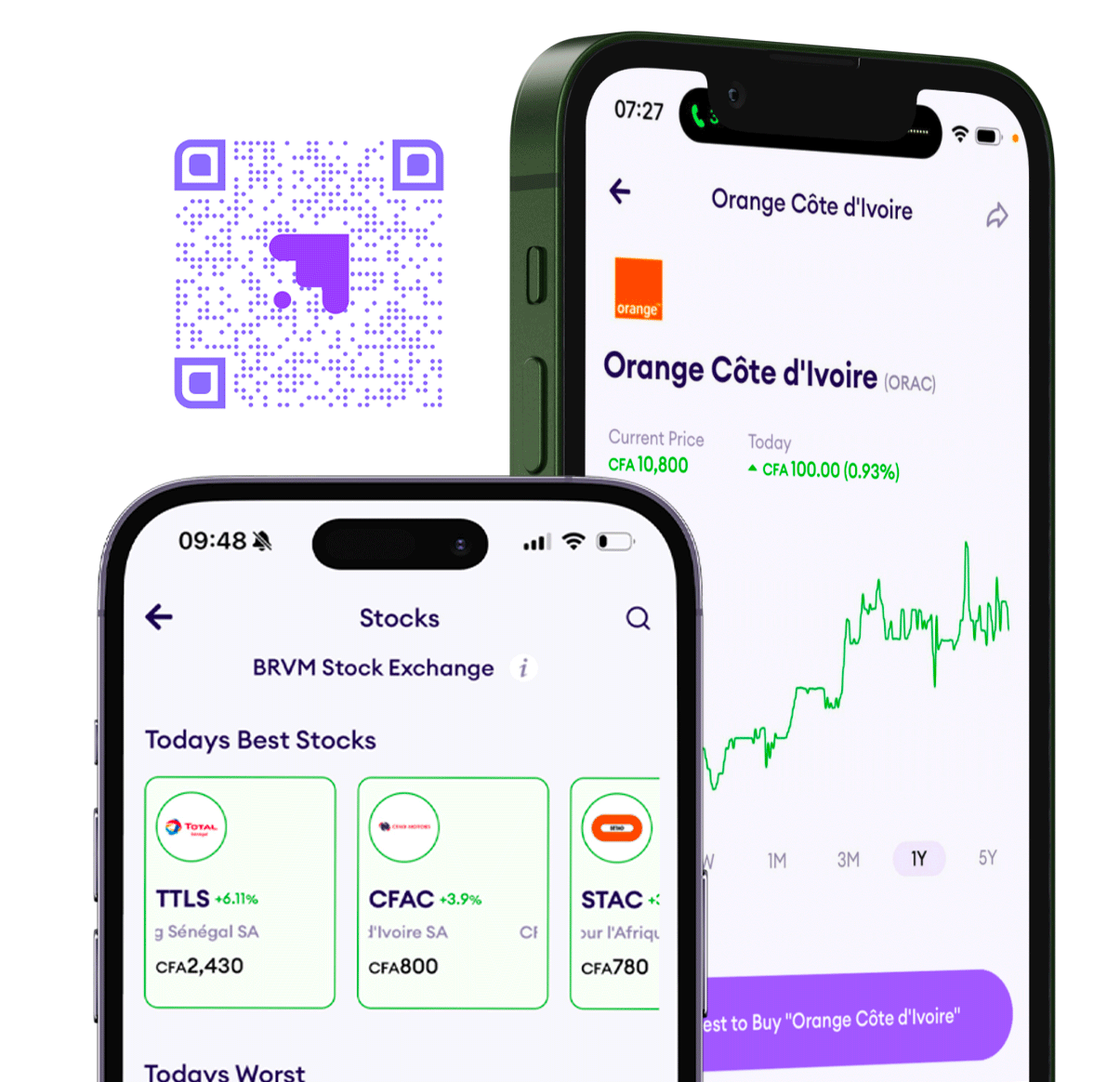Central Africa Faces Slowing Growth, Budget Strain, and Rising Risk

TLDR
- The Central African Economic and Monetary Community (CEMAC) saw GDP grow by 3% in 2024, led by Cameroon and Chad
- But growth is expected to slow to 2.4% in 2025 due to declining oil prices and weaker global trade
- The World Bank warns that without reforms in governance, tax systems, education, and competitiveness, CEMAC risks prolonged stagnation
The Central African Economic and Monetary Community (CEMAC) saw GDP grow by 3% in 2024, led by Cameroon and Chad. But growth is expected to slow to 2.4% in 2025 due to declining oil prices and weaker global trade. GDP per capita rose by only 0.2%, highlighting non-inclusive growth.
The regional budget deficit widened to -1.5% of GDP, with spending outpacing revenue and continued reliance on oil exports. Congo and Gabon exceeded debt sustainability thresholds. Weak tax revenue—below 15% of GDP—limits basic service financing.
Investor confidence in the regional bond market declined sharply. Subscription rates for government securities dropped to 43.5% in October 2024, down from 80.4% in 2023. The coverage rate on public securities fell to 60.3% by February 2025. Yields rose to 10%, reflecting heightened risk.
Despite a current account surplus, trade remains concentrated in oil. A drop in oil prices to $60 per barrel in April 2025 is already hurting forecasts. Structural challenges include high poverty, informal employment, low education spending, and weak regional trade integration.
The World Bank warns that without reforms in governance, tax systems, education, and competitiveness, CEMAC risks prolonged stagnation in a vulnerable, extractive economic model.
Daba is Africa's leading investment platform for private and public markets. Download here
Key Takeaways
CEMAC’s current situation reflects structural weaknesses that limit its ability to convert natural resources into inclusive growth. Oil accounts for most of its exports and fiscal revenue, exposing the region to global price shocks. Falling oil prices are already cutting into 2025 growth forecasts and fiscal performance. The region is also grappling with low domestic resource mobilization. With tax revenue below 15% of GDP and limited diversification, countries rely on borrowing. But debt markets are tightening. Governments are raising only 60% of their intended financing targets, and bond yields are rising. At the same time, public debt has climbed to 51% of GDP, with a quarter owed to China. Meanwhile, 32.8% of the population lives below the extreme poverty line, and the informal economy dominates. Education investment is low, limiting productivity and job readiness.

Next Frontier
Stay up to date on major news and events in African markets. Delivered weekly.
Pulse54
UDeep-dives into what’s old and new in Africa’s investment landscape. Delivered twice monthly.
Events
Sign up to stay informed about our regular webinars, product launches, and exhibitions.




